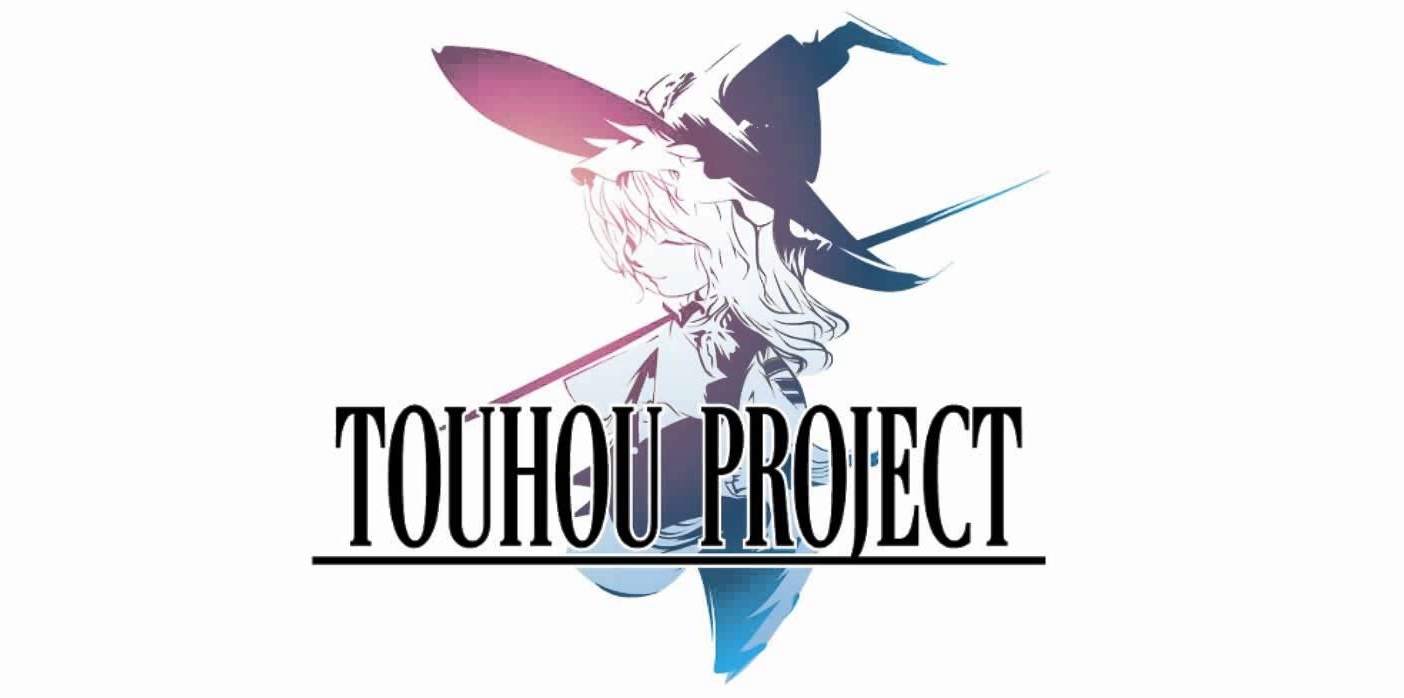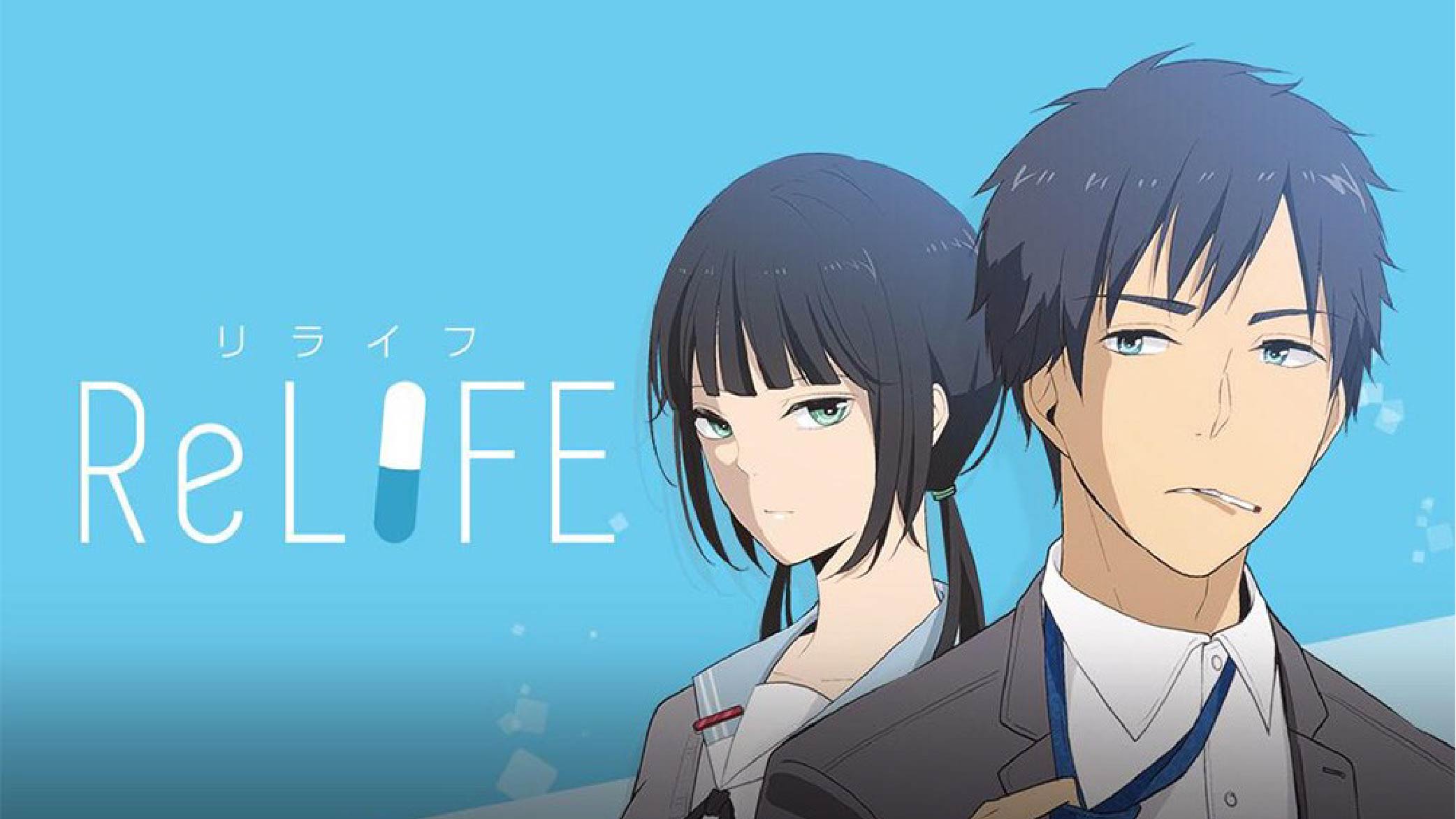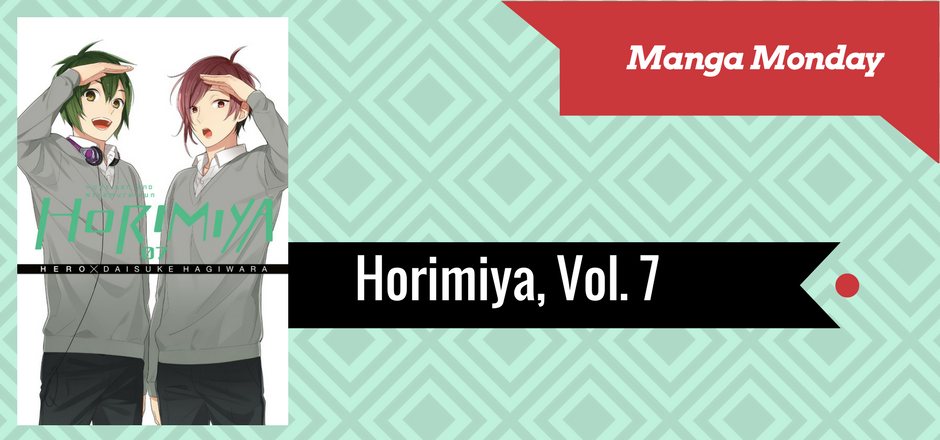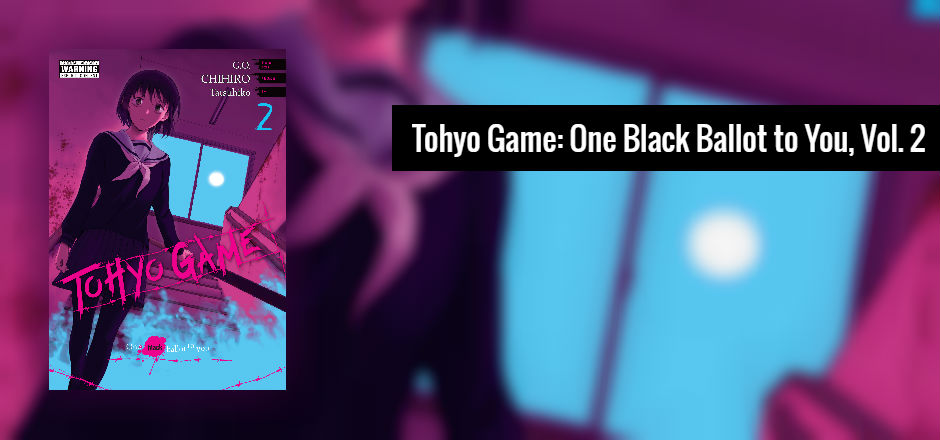Author’s note: This article contains spoilers for the manga Forbidden Scrollery and possibly other Touhou Project media.
—
Forbidden Scrollery is one of four official comic books to be released by ZUN in the Touhou universe. It comes after Fairy Wars and introduces a new human character, Kosuzu Motoori, a book collector who runs a library called Suzunaan in the Human Village. The books Kosuzu rents and sells are not just ordinary books, although she has some of those too. Many of the books Kosuzu owns—and absolutely loves to collect—contain youkai, often of the dangerous sort. Because of this, Reimu Hakurei and Marisa Kirisame, two of the main characters in the Touhou universe, visit Kosuzu’s library often, helping Kosuzu when the youkai break free.
In case you missed my review of the first Forbidden Scrollery manga, Touhou Project—or simply just Touhou, as most fans call it—is a series of Japanese danmaku or “bullet hell” video games, all of which are written, designed, programmed, and set to music by Jun’ya Ōta, a Japanese composer and programmer more popularly known as ZUN. The Touhou games and expanded universe host a huge cast of characters, which is starting to become a problem!
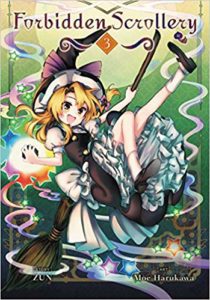 The cover of Forbidden Scrollery, Vol. 3 features Marisa, the secondary main protagonist of the Touhou Project, while the cover of Forbidden Scrollery, Vol. 4 features Hieda no Akyuu, a human born into the ancient Hieda family and who has the ability to never forget anything.
The cover of Forbidden Scrollery, Vol. 3 features Marisa, the secondary main protagonist of the Touhou Project, while the cover of Forbidden Scrollery, Vol. 4 features Hieda no Akyuu, a human born into the ancient Hieda family and who has the ability to never forget anything.
Akyuu is a good friend of Kosuzu and is often seen in Kosuzu’s bookstore. And I have to admit: I’m glad she’s on the cover of volume four. I’d sort of forgotten who Akyuu was! I couldn’t remember why she’s always shown hanging around Kosuzu’s shop. I had to look her up on the Touhou Wiki, which is a great resource, by the way, if you’re just as confused as I am.
This is the main problem with the Touhou universe: there are simply too many characters! Although I think that most fans would see this as a good point and not as a bad point: the huge cast of characters is all part of the appeal.
And while I’ve (mostly) been able to keep the characters we’ve been introduced to so far straight in my mind up until this point, by volume three (and definitely by volume four), I’ve started to get a little lost.
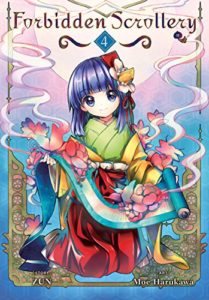 Luckily, this is where the short story format of these books really shines. Each volume contains short stories, and each short story can easily be read on its own. You don’t necessarily have to read the previous stories in order to understand the ones in volumes three and four, although you might get a little confused by the characters.
Luckily, this is where the short story format of these books really shines. Each volume contains short stories, and each short story can easily be read on its own. You don’t necessarily have to read the previous stories in order to understand the ones in volumes three and four, although you might get a little confused by the characters.
Besides the overarching fact that the stories revolve around Kosuzu’s bookshop, there is no other linking element, at least so far. Characters may refer to previous stories in passing, but it’s always in passing. On the other hand, characters from previous stories do make reappearances, which makes referring to the previous volumes essential.
For instance, the bespectacled bake-danuki Mamizou Futatsuiwa makes an appearance in the first story in volume four. We were first introduced to her in volume one, and while she looked familiar to me, I couldn’t place where I’d seen her before. So I went back to the endnotes and extras in the backs of volume one, two, and three, and found a profile of her character in the first volume. These little extras, which didn’t seem very important as I read the first volume, have become essential to continuing forward.
My favorite story out of these two volumes was “Kokkuri Scatters with the Cherry Blossoms” in volume four. In it, Kosuzu discovers a ouija board and discusses its similarities to the popular Meiji-era game kokkuri-san. I found this story particularly interesting because of the inclusion of the history behind the kokkuri-san. As someone who has used a ouija board in the past (what teenage girl hasn’t?), I really enjoyed learning about the Japanese version of the game, and after looking up more about kokkuri-san, I found that everything ZUN mentioned in this story was accurate. In the end, I think that this is one of the biggest appeals of the Touhou universe: every character, every story, every piece of information is based on Japanese folklore.
I think, by volume three, I might’ve dropped reading this series, mostly because I’m not keen on the short story format. But there are two things keeping me hooked. The first, as I’ve said in previous reviews, is Moe Harukawa’s artwork. If I had more time, I’d love to spend it examining all the little details in these books, especially the spreads between stories. In volume four, in particular, it was the art that drew me in right at the beginning. The red, orange, and yellow leaves in the first couple of full-color spreads promised that this would be an autumn-themed volume, which it was.
Now, the second thing keeping me reading is a little different. It’s a bit more personal. It’s the fact that my partner plays the original video games, and by reading the manga, I’m hoping to better understand their appeal—eventually!
Forbidden Scrollery was originally published by Kadokawa in Comp Ace from October 26, 2012 to July 26, 2017. Vol. 3 and Vol. 4 are now available in English from Yen Press.
Story: 4 out of 5 stars
Art: 5 out of 5 stars
Overall: 4 out of 5 stars
Volume 3: Goodreads | Indiebound | RightStuf
Volume 4: Goodreads | Indiebound | RightStuf
This review contains affiliate links. While Girls in Capes does make revenue from purchases made at affiliate links, reviews are not paid, and all reviews contain the staff writers’ honest opinions of the work.
